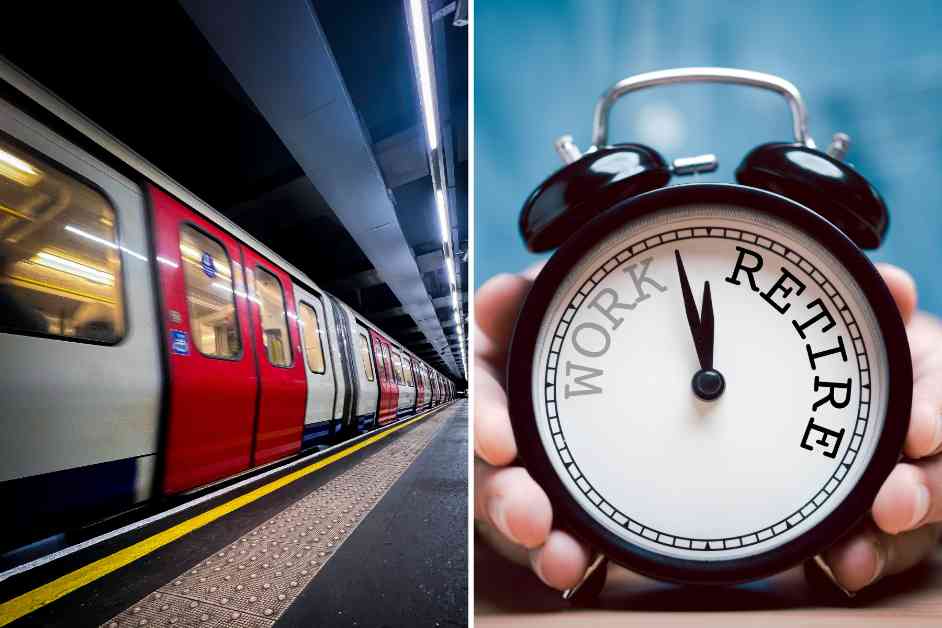The London Underground network has a rich history dating back to 1863, serving as a vital mode of transport for Londoners. Over the years, the Tube has seen various trains come and go, evolving from coal-powered to electric trains that zip across the city.
While some may assume that retired Tube trains end up in a graveyard, the truth is far more fascinating. Each retired train has a unique fate, with some being purchased by private buyers for creative purposes. For instance, a former Victoria Line tube carriage has been transformed into the Superclub Tube, a restaurant that operates inside the carriage three nights a week.
Additionally, ex-Jubilee Line carriages can be found perched on the roof of Village Underground in Shoreditch, adding an artistic touch to the area. Museums like the London Transport Museum and the Actor Depot also house retired Tube trains, showcasing the rich history of public transport in the city.
One notable example is the 1968 Victoria Line Tube car, which resides in the Walthamstow Pumphouse Museum and is often used as a filming location for TV and film productions. Moreover, the Isle of Wight boasts retired Tube trains from the 1970s and 1980s that are still in use on the Island Line, delighting tourists with their nostalgic charm.
Before making their journey to new destinations, retired Tube trains undergo refurbishment and cleaning to ensure they are safe and presentable. This process helps preserve the heritage of these iconic trains while offering a unique experience for visitors.
The creative repurposing of retired Tube trains highlights the innovative spirit of Londoners, who find new and exciting ways to breathe life into these historic vehicles. Whether serving as a restaurant, a piece of art, or a mode of transport on a picturesque island, these trains continue to captivate and inspire all who encounter them. Next time you spot a retired Tube train, remember that its journey is far from over, and its future is filled with endless possibilities.












